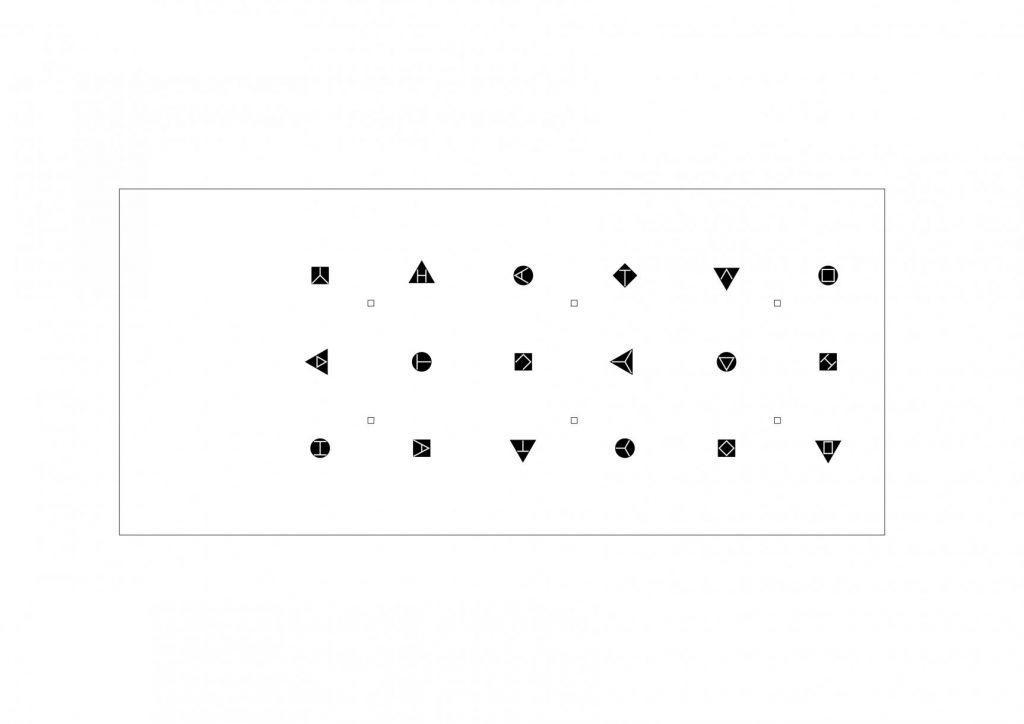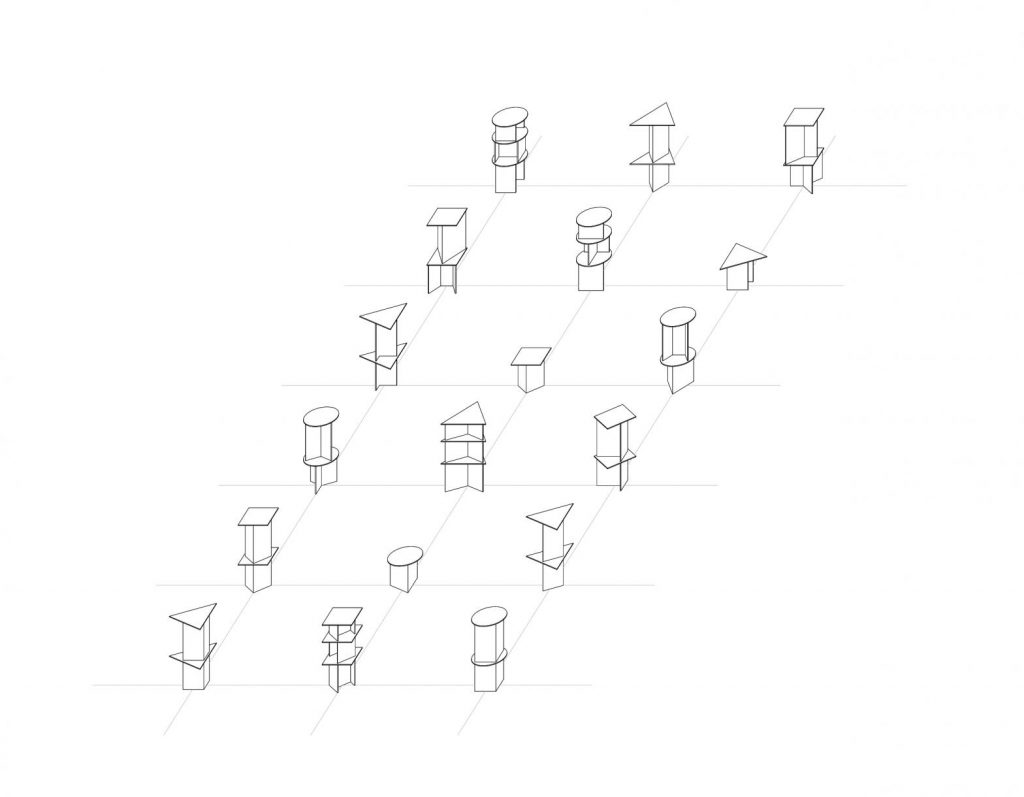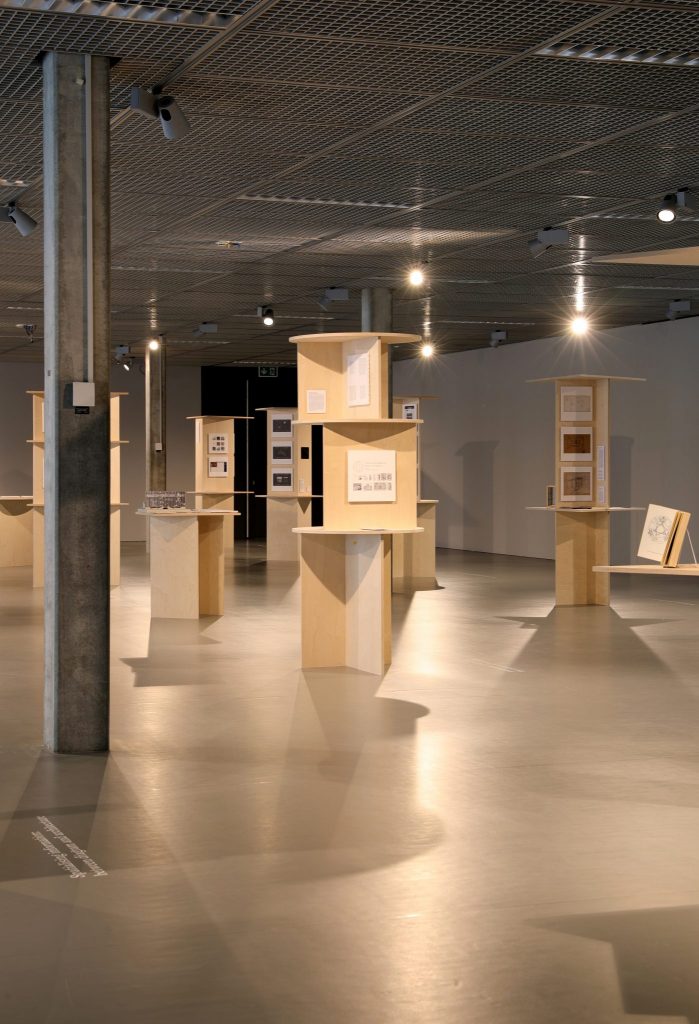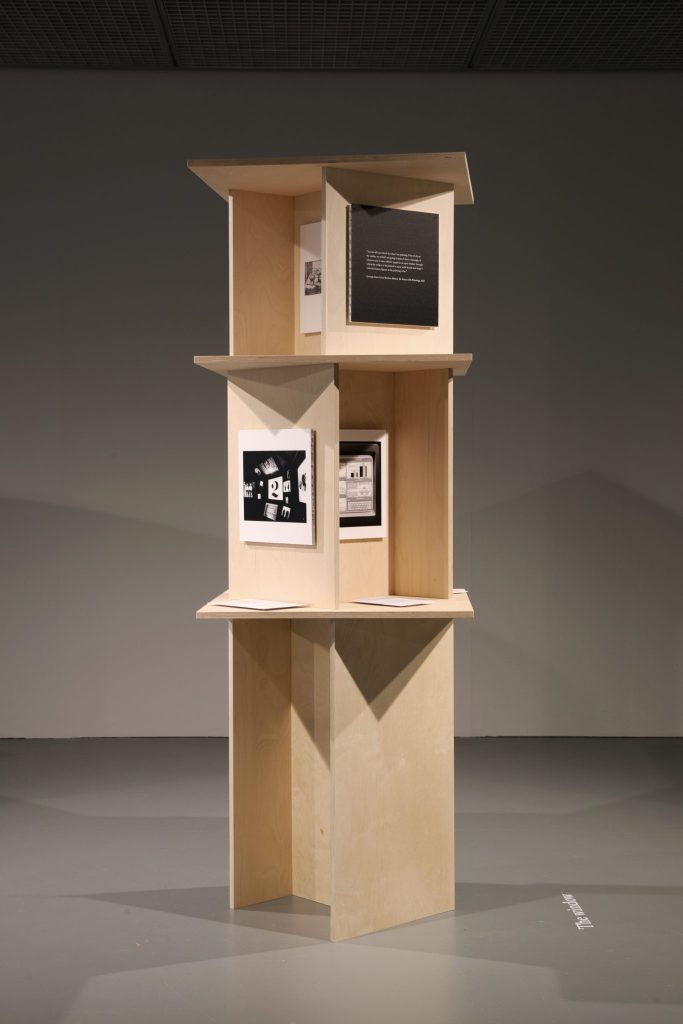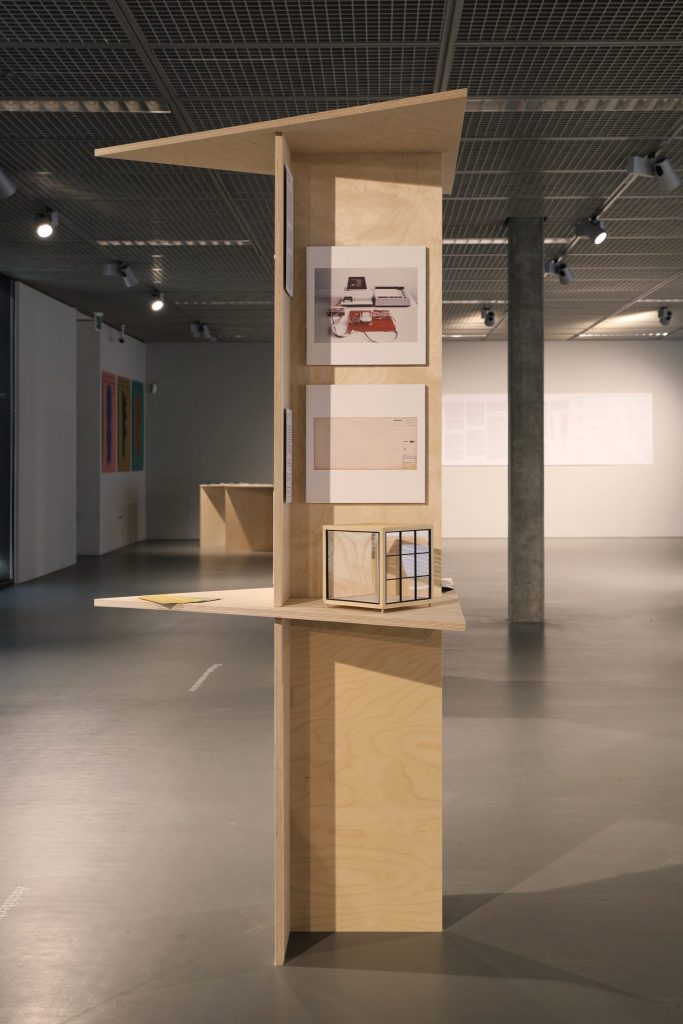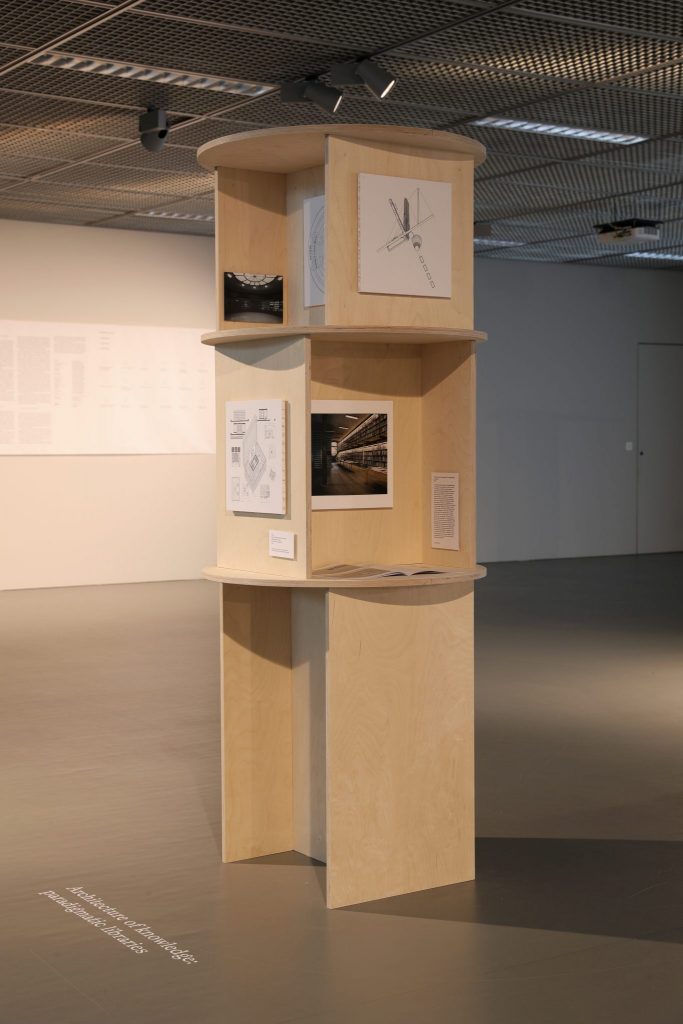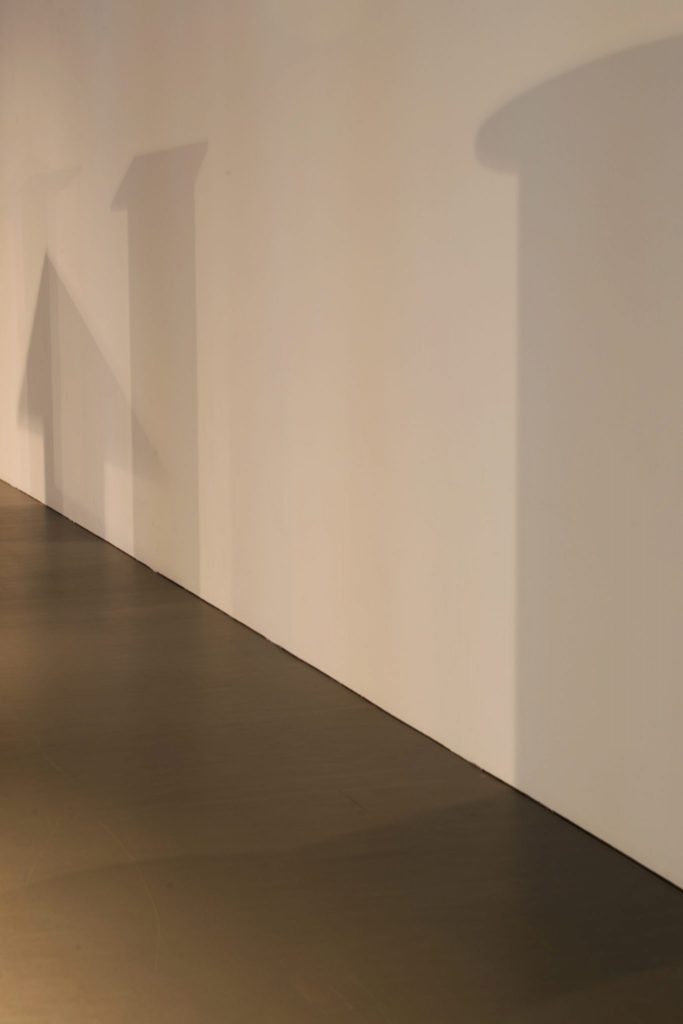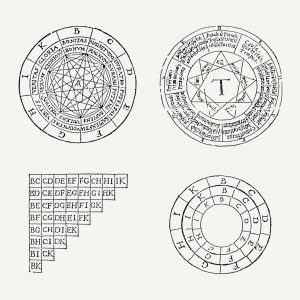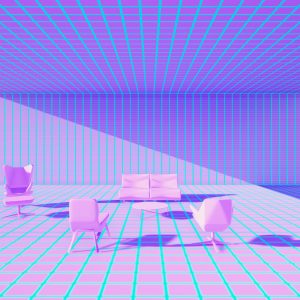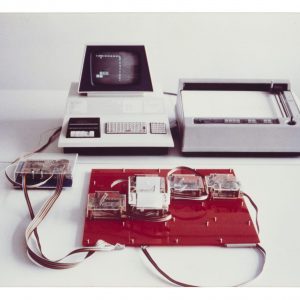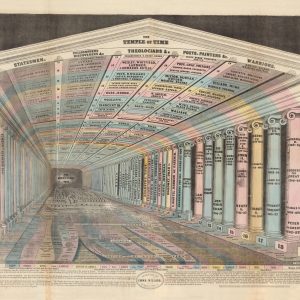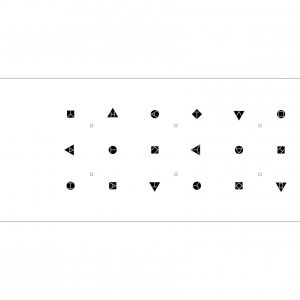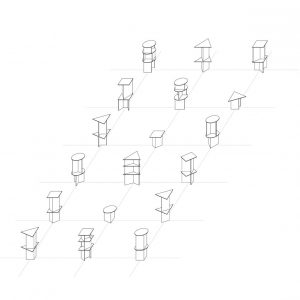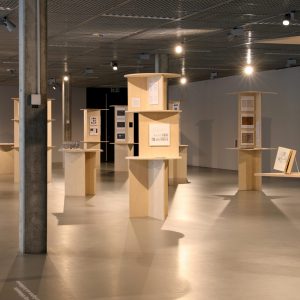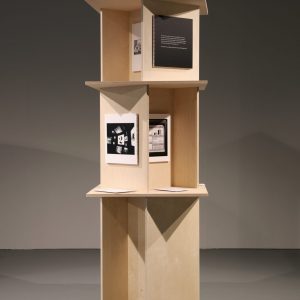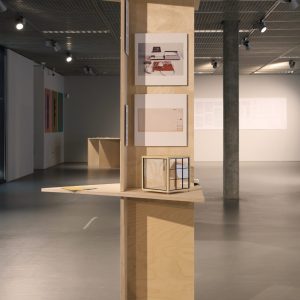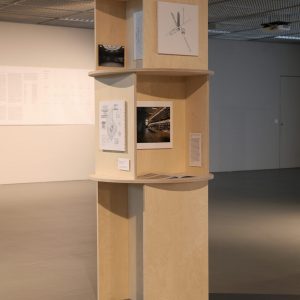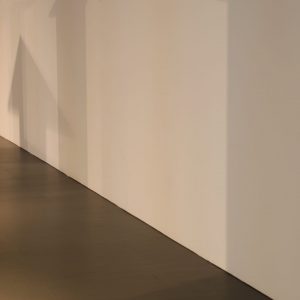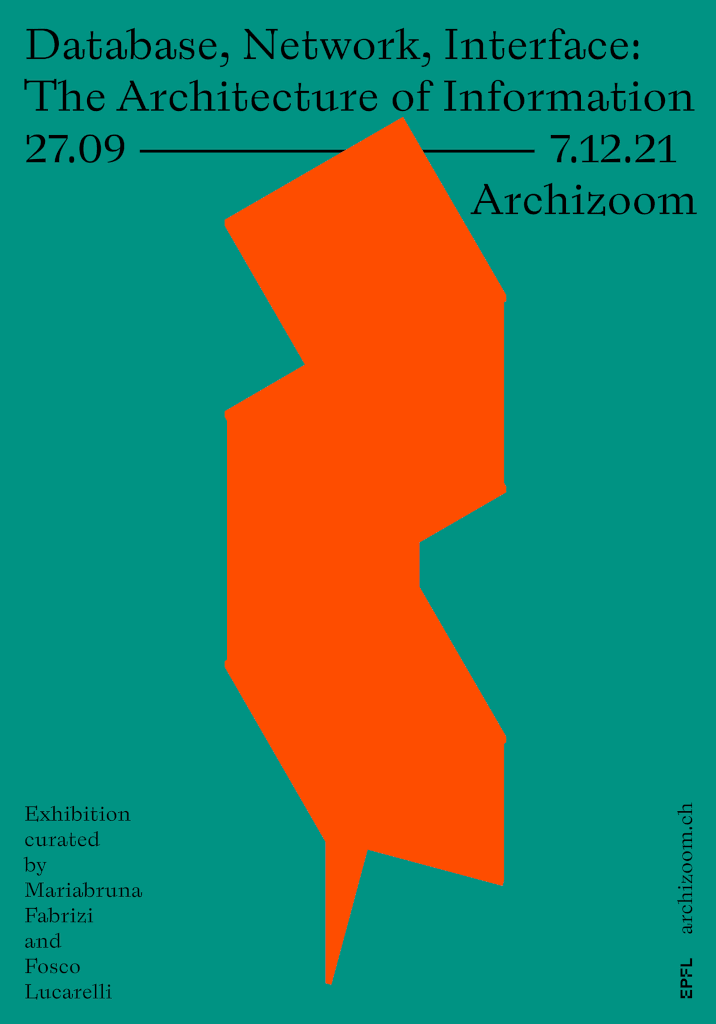
Monday 27 September – Tuesday 7 December 2021
Archizoom, SG building, EPFL
Exhibition curated by Mariabruna Fabrizi and Fosco Lucarelli
Opening lecture 27 September, 6pm
by Mariabruna Fabrizi and Fosco Lucarelli
Guided tour of the exhibition 19 October, 12pm
by Fosco Lucarelli, visit in French, on registration
Lecture 25 October, 6.30pm
by Lucia Tahan
Lecture 8 November, 6.30pm
by Paula Strunden
Guided tour of the exhibition 8 November, 5.00pm
by Fosco Lucarelli, visit in French, on registration
Finissage 7 December, 6.00pm
All conferences are also available online.
Meeting ID : 621 7263 6235
Covid pass and mask required.
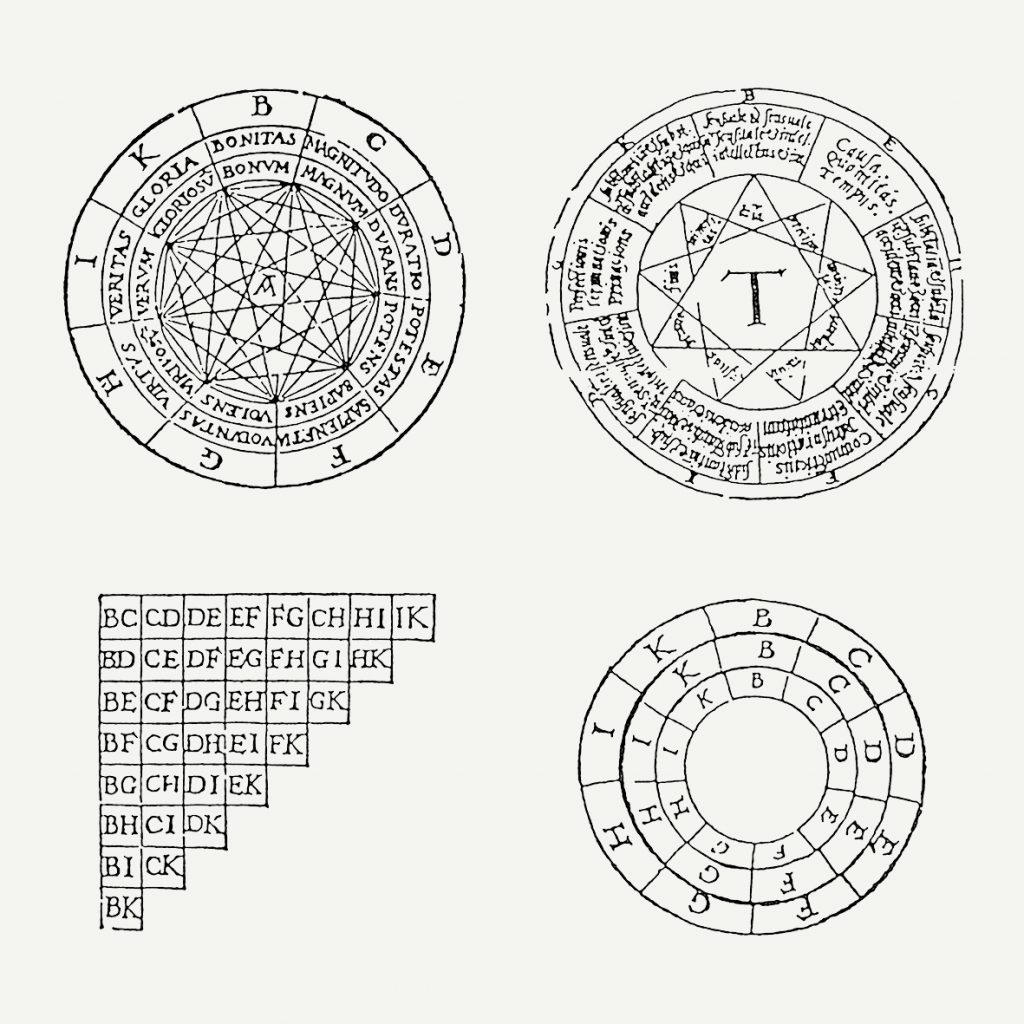
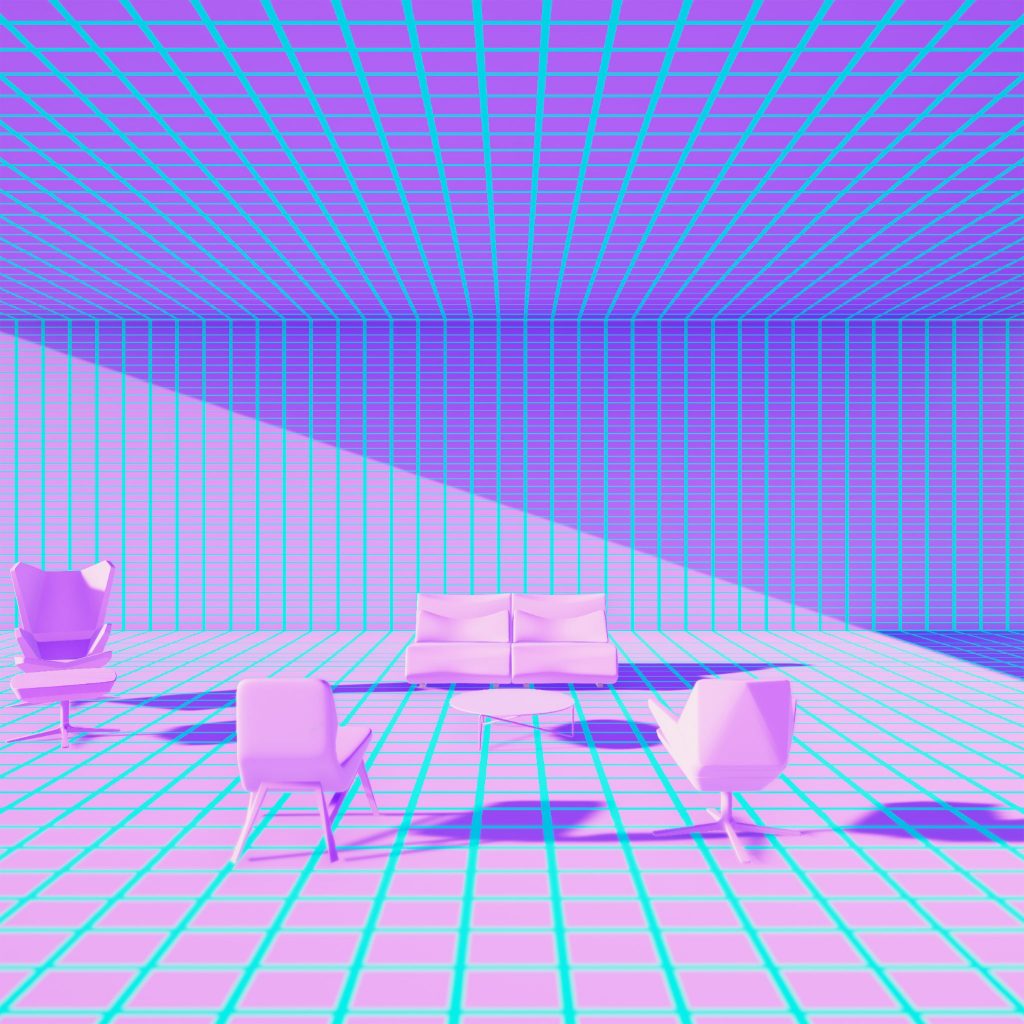
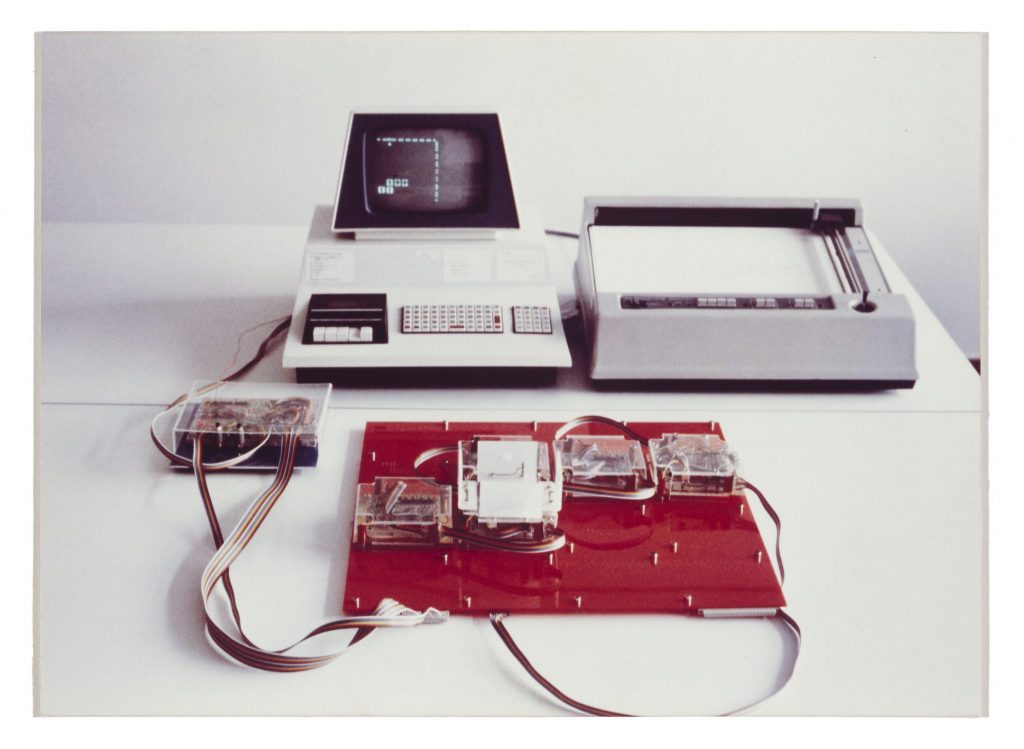
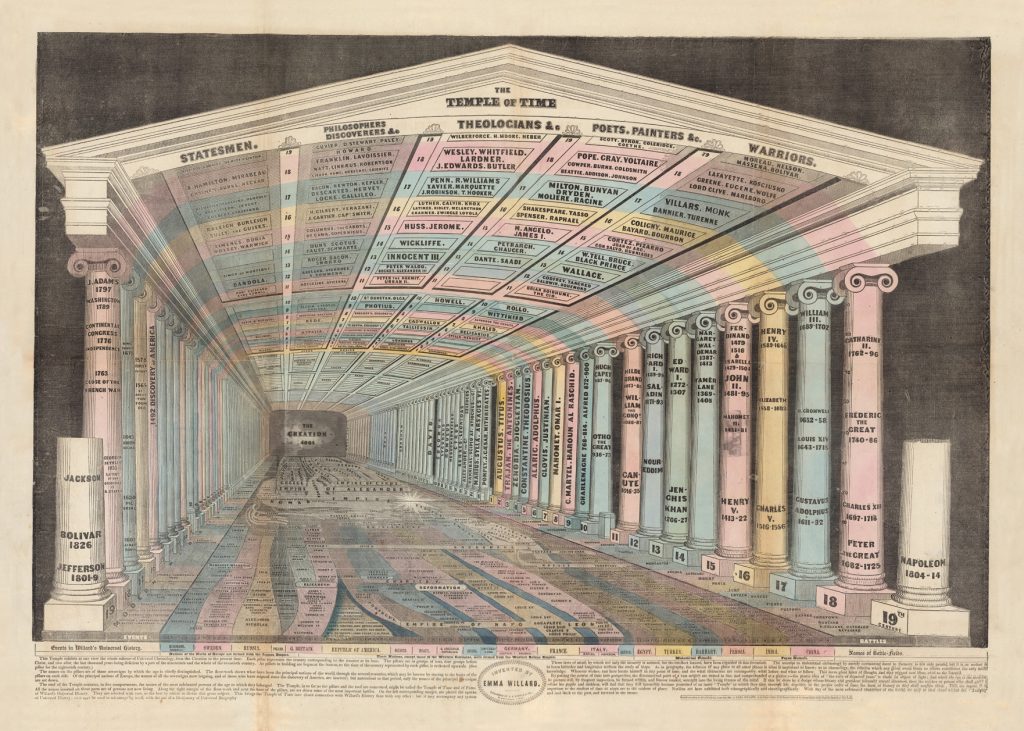
In an age characterised by the increasing dematerialisation of cultural production and transmission, Database, Network, Interface explores architecture’s historical role in representing and organising information and knowledge.
The exhibition analyses architecture’s ability to structure the access to information and physically construct relationships between content through spatial, typological and structural organisation. Through analogical associations, specific architectural elements (walls, windows, stairs) and drawings (plans, sections, elevations) may be seen as structuring instruments that define, communicate or give order to content.
The exhibition borrows the notions of “database”, “network” and “interface” from the vocabulary of information technology and interprets them through the lens of the architectural discipline.
The chapters and the case studies in the exhibition relate to the three notions, constructing analogies between architecture and other fields of studies related to information.
In an age characterised by the increasing dematerialisation of cultural production and transmission, Database, Network, Interfaceexplores architecture’s historical role in representing and organising information and knowledge.
The exhibition analyses architecture’s ability to structure the access to information and physically construct relationships between content through spatial, typological and structural organisation. Through analogical associations, specific architectural elements (walls, windows, stairs) and drawings (plans, sections, elevations) may be seen as structuring instruments that define, communicate or give order to content.
Hence, Database, Network, Interface primarily draws on a selective survey of built, unbuilt and conceptual designs associated with selecting, ordering, transferring, preserving and accessing information. The case studies, also incorporating manifestations of architectural thought in other fields (literature, art, gaming, interaction design), belong to a broad timespan, from antiquity to contemporary times and touch on very different conceptions and formalisations of the relationship between space and information. They have been chosen for their ability to exemplify specific ways a spatial system can promote access to information and embody paths and sequences, suggest potential links and ultimately guide users in their journey across content.
The selection suggests the existence of a continuous dialogue between immaterial content and space and emphasises the crucial role of architecture in providing a configuration for the abstract process of the construction of knowledge.
The exhibition borrows the notions of “database”, “network” and “interface” from the vocabulary of information technology and interprets them through the lens of the architectural discipline.
The chapters and the case studies in the exhibition relate to the three notions, constructing analogies between architecture and other fields of studies related to information.
Digital logic and architecture
Today, storing, organising and transmitting information is mainly undertaken via digital means: online archives, social networks and new media devices. In the last decades, digital tools have progressively fostered the multiplication of sources of information and ease of access to continuous flows of data. The utopian goal of an infinite availability of collective knowledge finally appears as a definite possibility. Yet, such an achievement comes with a confusing form: an overwhelming mass of information of data, texts, images, videos, sounds appearing too disorganised, fragmented and complicated to comprehend.
The dematerialised nature of digital tools needs logical systems to help the user access, read and interpret the mass of data. The architectural configuration of space might provide a logical organisation, translated analogically into the digital realm in order to organise information.
Database, Network, Interface delves into the relationship between architectural and digital culture beyond the pure rhetoric of “digital architecture” and its stylistic outcomes. The hypothesis is that the notions of “database”, “network” and “interface”—common in the domain of Information Technology—might have direct architectural configuration (through specific spatial and typological arrangements, plan composition, façade design). In this sense, the exhibition presents a selection of case studies underlining the possible connections between digital and non-digital projects and their architectural counterparts and tentative efforts to spatialise the digital realm thanks to architectural means.
Overall, architecture and digital culture are explored for their capacity to mediate the human relationship with information through the means of space.
A combinatory exhibition
Ramon Llull’s Figura Plena, a drawing consisting of a circle, a square and a triangle sharing the same centre, inspires the exhibition design. The figure and a series of subdivisions are featured in his text The New Geometry (Liber de geometria nova et compendiosa) and point to a series of cosmological references. For Llull, geometrical science forms the basis for any knowledge process; hence, to be understood, the entire universe is reduced to simple geometries, further combined and subdivided.
Eighteen wooden pieces of furniture on a regular array display the exhibition’s content. In plan, each one of them is shaped in one of three Llullian geometric figures: the circle, the equilateral triangle, and the square. These pieces of furniture are an allusion to and an abstraction of the fixtures traditionally connected to the access and organisation of information: tables, filing cabinets, libraries, shelves, pedestals, studies, etc.
In the exhibition, the circle corresponds to the database, the triangle to the network and the square to the interface. Each piece of furniture hosts one of the eighteen subjects, six of which are related to the database metaphor (circle furniture), six to the network (triangle furniture) and six to the interface (square furniture).
The array of furniture encourages visitors to walk past the subjects without following a specific route, but instead walking from one to another following visual or conceptual affinities. The spatial system of the selection corresponds to a knowledge process based on combinatory logic where the visitor’s spontaneous roaming creates connections between subjects.
Mariabruna Fabrizi, Fosco Lucarelli
MICROCITIES / SOCKS-STUDIO
